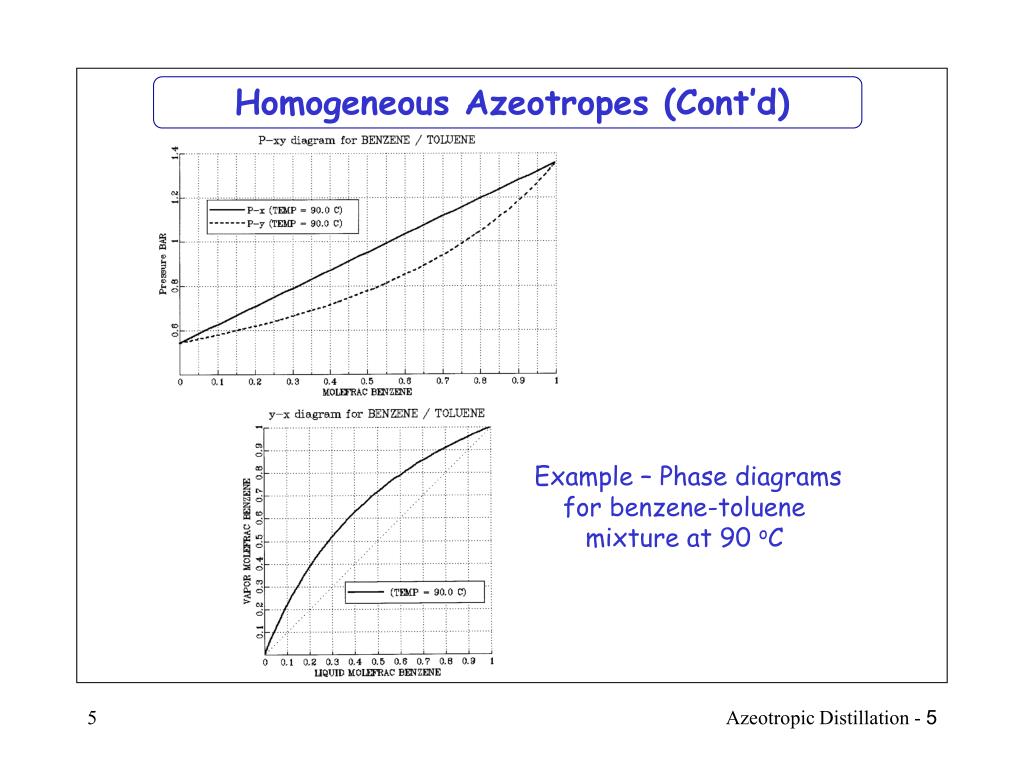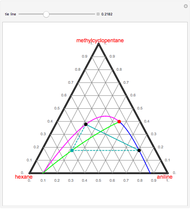

The sihcalite membrane was not disintegrated by these processes. Then the silicalite membrane was heated at 300-380 C under vacuum, or calcined at 500C for 20 h in order to decompose the or- ganic amine occluded in the zeolite framework. The silicalite membrane on the support was washed with deionized water and dried at 100 C. After the completion of the crystalliza- tion under autogenous pressure without stirring, the autoclave was cooled down, and the support was recovered. The au- toclave was placed in an air-heated oven at 170 Cįor 48 h. A porous support of sintered stainless steel or alumina disc (5 cm diameter) with an average pore diameter of 0.5-2 pm was placed on the bottom of the autoclave.

Then the hydrogel was transferred to a 300 ml stainless steel autoclave. 30.4 wt% SiOZ, 0.38 wt% NazO, 69.22 wt% water) was added to a stirred solution of tetrapropylam- monium bromide (TPABr ) and sodium hydrox- ide, to give a hydrogel with a composition of 0.1: 0.05 : 1: 80 TPABr-NazO-Si02-H20. Colloidal silica (Cataloid SI-30 from Shokubai Kasei Co. The hydrothermal synthesis of silicalite mem- branes was performed as follows. In this paper, the pervaporation performance of silicalite membrane for separa- tion of ethanol/water mixtures was studied in detail. It was already re- ported that the silicalite membrane is very effec- tive for the separation of ethanol/water mix- tures [ 141. Journal of Membrane Science 95 (1994) 221-228īrane were synthesized, a higher separation fac- tor would be obtained.įrom these standpoints, we have investigated the liquid separation potential of the zeolite membrane on pervaporation. This result suggests that if a pure silicalite mem-Ġ376-7388 / 94/$07.00 0 1994 Elsevier Science B.V. At 70 wt% silicalite content a high separa- tion factor (Y ( EtOH/H20) of N 20 was achieved. reported that the membrane performance of the silicon rubber membrane, which is effective for separation of ethanol/water mixtures, is considerably improved by addition of silicalite crystals to the silicon rubber matrix [ 13 1. However, only few studies have been dedicated to the separation of liquid mixtures. Polycrystalline films and very fragile, the gas separation potential of zeolite membranes is in- dicated in Refs. Recently, several researchers succeeded in preparing pure zeolite membranes of silicalite, ZSM-5,ZSM-35, gmelinite, NaA and SAP0. Most of the zeolite membranes have been made by embedding the zeolite crystals in polymer or ce- ramic matrixes, or by in situ crystallization on porous substrates. Great interest has been focused on prepara- tion of zeolite membranes from the standpoint of application to gas or liquid separation. Keywords: Separation Ethanol Silicalite membrane Pervaporation

From adsorption experiments of ethanol and water on silicalite, it was found that the high permselectivity is attributable to the selective sorption of ethanol into the silicalite membrane. The high ethanol permselectivity with a separation factor a( EtOH/H*O) of more than 60 was achieved for a 5 ~01% aqueous ethanol solution at 3OC, indicating no cracks and pores between the silicalite grains within the membrane. The liquid separation potential of the membrane was investi- gated by pervaporation of an aqueous ethanol solution. The membranes were not disintegrated by thermal treatment in vacua or calcination for removing the organic amine occluded in the channels of silicalite, indicating high thermomechanical stability of the membrane. Individual crystals were intergrown in three dimensions into the polycrystalline phase. The silicalite layer was characterized by X-ray diffraction, SEM and mercury porosimetry. Pure silicalite membranes were prepared on porous supports of sintered stainless steel or alumina discs. Japan Advanced Institute of Science and Technology, Tatsunokuchi, Ishikawa 923-12, Japan bNational Institute ofMaterials and Chemical Research, Tsukuba, Ibaraki 305, Japan Tsuneji Sanoap*, Hiroshi Yanagishitab, Yoshimichi Kiyozumib, Fujio Mizukamib, Kenji Harayab Separation of ethanol/water mixture by silicalite membrane on pervaporation Journal of Membrane Science 95 ( 1994) 22 l-228


 0 kommentar(er)
0 kommentar(er)
